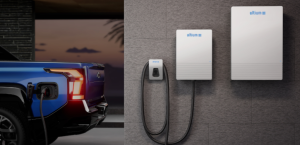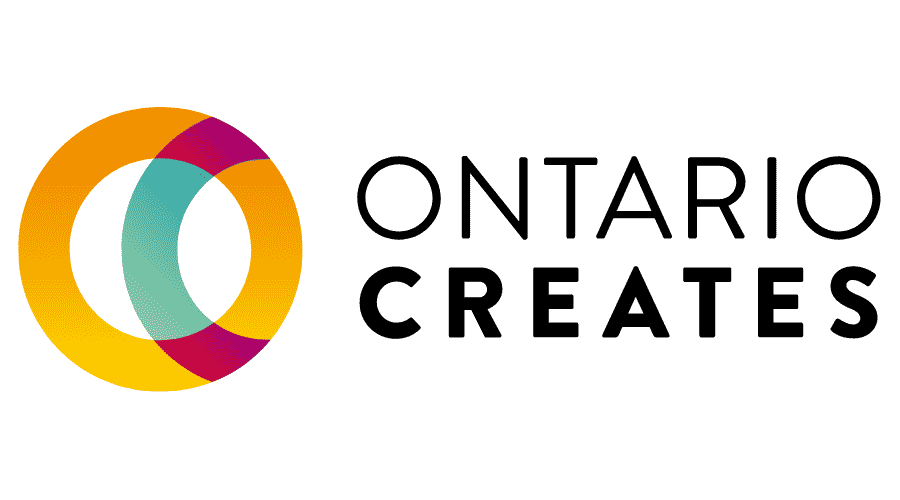As electric vehicles (EVs) continue to gain traction in Canada, the collision repair industry is adapting swiftly to keep pace with the evolving automotive landscape. The transition from internal combustion engine vehicles to EVs is not just about a change in vehicle operations, but it signals a shift in the technological, infrastructural, and skill requirements within the collision repair sector. In this light, let’s explore the evolutions underpinning electric vehicle collision repair from a Canadian perspective.
1. Specialized Training and Certification
The foremost evolution is the necessity for specialized training and certification for technicians. Electric vehicles operate on high-voltage systems, which can pose significant risks if not handled correctly. Consequently, Canadian collision repair shops are increasingly investing in training programs certified by EV manufacturers. This training encompasses understanding EV structures, battery systems, and safety protocols, ensuring technicians can repair vehicles safely and efficiently.
2. Advanced Repair Technologies
Technological advancements are a cornerstone of the EV repair process. Unlike traditional vehicles, EVs come with a myriad of sensors, complex electrical components, and battery packs that require sophisticated diagnostic tools for effective repair. Canadian repair shops are thus equipping themselves with state-of-the-art technology designed to handle these nuances. This includes software for diagnostic procedures, battery management systems, and tools for high-voltage system repairs, ensuring precision and compliance with manufacturer standards.
3. Infrastructure Adjustments
Repairing electric vehicles demands unique infrastructural adjustments within repair facilities. From high-voltage tool stations to specialized battery repair areas, Canadian repair shops are redefining their physical layouts to accommodate the specific needs of EVs. This evolution also involves implementing strict safety measures to handle high-voltage components, ensuring both technician safety and repair quality.
4. Environmental Considerations and Recycling
Canada’s commitment to environmental sustainability reflects in the collision repair industry’s approach to EVs. With electric vehicles positioned as a greener alternative, the emphasis on sustainable repair practices has intensified. This evolution includes recycling damaged battery packs and adhering to environmentally friendly waste disposal protocols. Repair shops are increasingly adopting practices that minimize environmental impact, aligning with the broader objectives of the EV market.
5. Insurance and Liability
As the landscape of vehicle ownership evolves with the rise of EVs, so does the framework of insurance and liability. Electric vehicles introduce new variables into the collision repair equation, from costly battery replacements to the recalibration of intricate sensor systems. This progression is prompting insurance companies in Canada to reassess their policies and coverage plans, ensuring they align with the unique aspects of EV collision repairs. For vehicle owners and repair shops alike, navigating these changes requires a keen understanding of these updated policies.
6. Customer Education
Finally, the Canadian collision repair industry is prioritizing customer education amidst this transition. As more Canadians switch to electric vehicles, there’s a growing need to demystify the complexities of EV maintenance and repair. Forward-thinking repair shops are taking it upon themselves to educate vehicle owners about maintaining their EVs, understanding repair processes, and recognizing the value of specialized EV repair services. This not only fosters a well-informed consumer base but also enhances trust and transparency between repair shops and their clients.
The evolution of electric vehicle collision repair in Canada is a testament to the industry’s adaptability and commitment to innovation. As electric vehicles continue to reshape the automotive landscape, the collision repair sector is poised to meet these changes head-on, ensuring safety, efficiency, and sustainability remain at the forefront of Canadian roads.



























